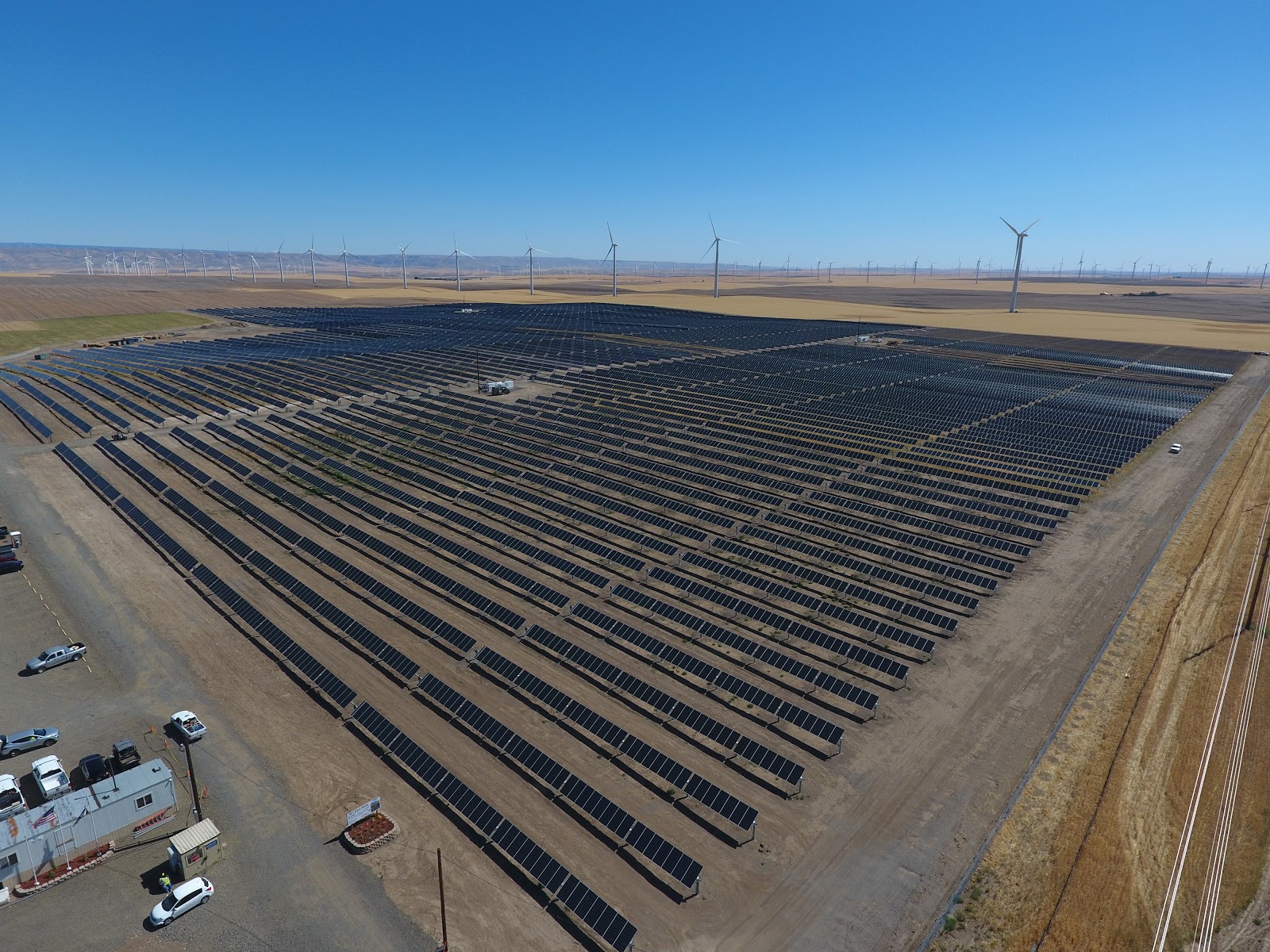Want more great analysis of the clean energy transition? Sign up for Energy Weekly, our free email newsletter.
Portland General Electric (PGE) in Oregon manages a two-year-old program it hopes will accelerate the speed of renewable deployment in the state. It also may be a model for how other utilities can help customers choose clean energy.
The Green Future Impact (GFI) program provides an avenue for large companies and cities to choose renewable energy. The deals themselves look familiar to corporate energy buyers: power purchase agreements (PPAs) and load aggregation. The difference is how the utility acts as a partner in the deal, working with regulators to streamline the process for the customers.
“If we’re able to bring the utility together with our customers and bring new clean resources online, we can accelerate the impact and the move to a clean energy future in Oregon,” John McFarland, vice president and chief customer officer of PGE, said in a phone interview.
So far the program, approved by the Oregon Public Utilities Commission in 2019, has inked deals for 300 megawatts (MW) of new capacity, with hopes to expand soon. The program acts as a platform, so far supporting two procurement models: aggregate PPAs and corporate PPAs.

The Wy’East Solar Project in Oregon. Credit: Avangrid Renewables
The utility as a load aggregator
In May 2019, PGE launched the first GFI offering: access to the energy from a new 162-MW solar facility, to be built in Gilliam County, Oregon. Enrolling committed companies and municipalities to purchase energy from the new facility, allowing companies to get closer to clean energy goals while ensuring additionality.
The program filled up within three minutes of going live, with commitments from Adobe, Comcast, Intel, Daimler Trucks North America, Digital Reality, and 13 municipalities and academic institutions.
“What was really exciting about this was the demand,” McFarland said. “It signaled to us that we are onto something here, that our large business customer and our cities really wanted to partner to bring renewable energy online as quickly as possible.”
All of the processes, all of the work with the state and the regulators, we had already done.
In essence, PGE leveraged a PPA aggregation model, bundling together energy offtakers’ demand to support a new deployment (in this case, the largest solar farm in the state, according to PGE). This structure allows companies and cities that may not be able to navigate a complex procurement process to benefit from clean energy.
Aggregation models have been growing in popularity with corporate energy buyers. One of the earliest was in 2018, when Apple helped orchestrate a deal with three smaller buyers: Akamai; Swiss Re; and Etsy. In that deal, Apple acted as the anchor offtaker, shouldering much of the legal and regulatory burden. In January 2019, five corporations — Bloomberg, Cox, Gap, Salesforce and Workday — spearheaded a similar model in a 100 MW procurement deal, in which the companies jointly took on the project to split the closing cost and project risk.
More recently, this week Enel Green Power announced an aggregation deal for 111 MW, with offtakers MilliporeSigma, Akamai, Synopsys, and Uber.
Through the GFI program, PGE is taking on the regulatory and legal lift related to aggregation deals, meaning companies just need to sign up. The speed at which the program filled up indicates there is pent-up demand for streamlined clean energy options. McFarland said PGE is looking at adding 200 MW of capacity to include new customers.
“Our customers want clean, carbon-free energy, and they want it soon. They want it to be easy,” said McFarland.
A utility as a PPA partner
Aside from the aggregation model described above, GFI supports a “customer supply option,” where a customer can identify a new renewable energy project and bring it to the utility for support in executing the PPAs.
Intel used this option to bring a 138-MW solar PPA to PGE, with developer Avangrid Renewables. The deal was inked in February, and the solar project will be built in Wasco County, Oregon.
The deal looks similar to other corporate PPAs: Intel signed a 15-year agreement to procure clean energy from the new resource. However, by using the GFI program, Intel was able to sidestep some regulatory and legal work associated with such an agreement.
“All of the processes, all of the work with the state and the regulators, we had already done,” McFarland said. “It was already worked through, it was already set up. We knew the offerings would be consistent with the requirements we have in Oregon.”
By doing the regulatory legwork, GFI could be a model for how other states could remove obstacles for corporate procurements and open up more options to companies.

